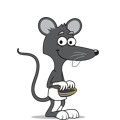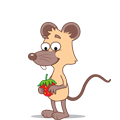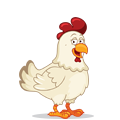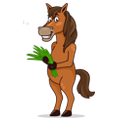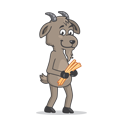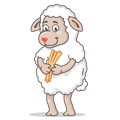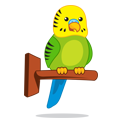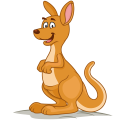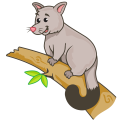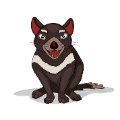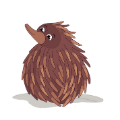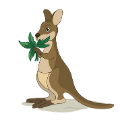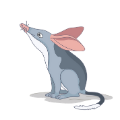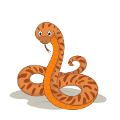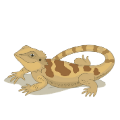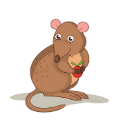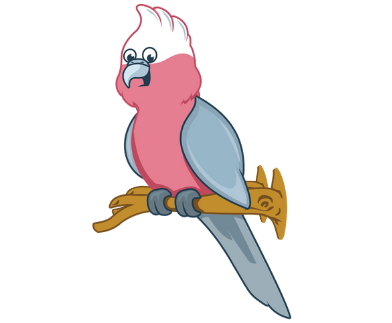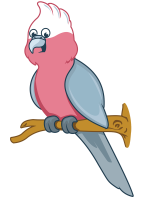
An emu is Australia’s tallest bird at up to 1.9metres and can run at speeds of up to 50 kilometres an hour.
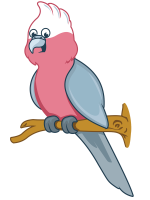
Albatrosses are the world’s largest seabirds, spending at least 85% of their lives at sea.
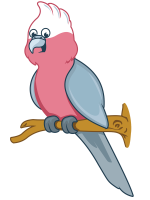
The male emu sits on the emu eggs for eight weeks. During this time the male doesn’t eat, drink or go to the toilet. He only really moves to turn the eggs 10 times a day.
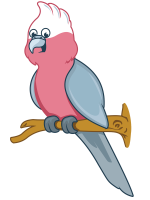
There are 4 different species of kookaburra, but only one of them laughs (appropriately called the Laughing Kookaburra).
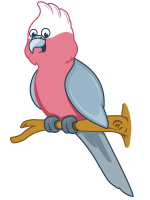
An average superb fairywren weighs just 10g (which is nearly twice as much as Australia’s smallest birds, the Weebil; this weighs in at just 6g).
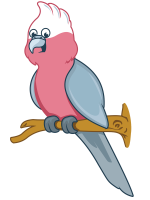
South Australia has about 450 species of wildbirds.
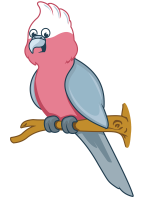
Pelicans can remain in the air for up to 24 hours.
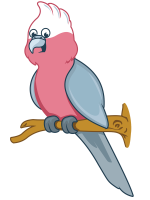
A pelican’s bill can hold up to 13 litres of water.
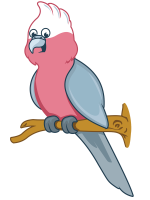
Cassowaries are good swimmers.
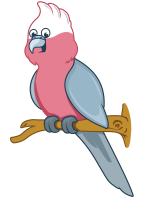
Birds have feathers, wings, lay eggs and are warm blooded.
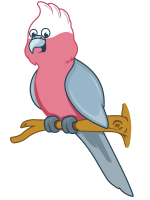
Scientists believe that birds evolved from theropod dinosaurs.
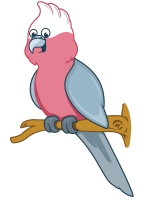
Birds have hollow bones which help them fly.
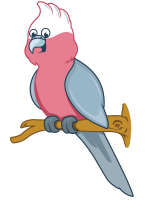
Emus, parrots and cassowaries are the oldest endemic Australian birds. They originate from Gondwanaland.
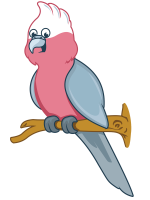
Emus are active during the day, their diet consists of plants and insects.
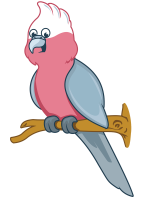
There are about about 800 bird species in Australia.
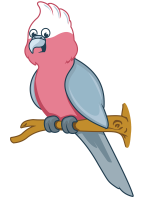
Around 10,000 species of bird inhabit the world, ranging from tiny hummingbirds up to huge ostriches. Australia is home to two of the largest flightless birds- the Emu and Southern Cassowary.





